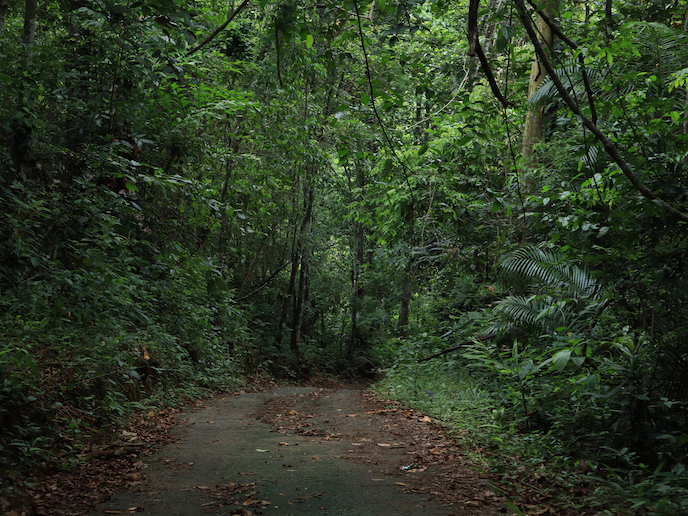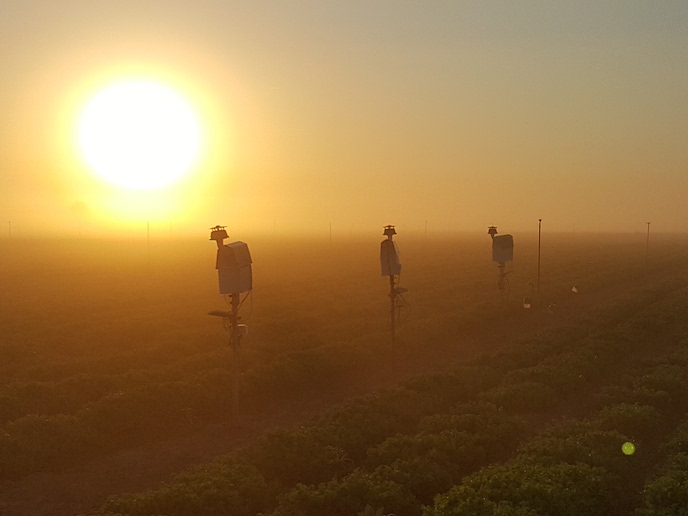What harvesting can tell us about forests
Occupying a third of the terrestrial vegetated surface of Earth, forests store up to 65 % of terrestrial organic carbon(opens in new window). They also have a central role in the global carbon cycle and climate change. “Today, most European forests are under human management and some type of harvesting. Yet even though it is imperative to understand harvest to understand European forests, information about how exactly harvest regimes vary across Europe is lacking,” notes Susanne Suvanto, Marie Skłodowska-Curie Actions (MSCA) fellow. This is where the EU-funded ForMMI project, with the support of the MSCA(opens in new window) programme, steps in. “The original aims of the ForMMI project were somewhat modified during the two-year project. Our main focus became the quantification of management regimes in Europe. This is quite a crucial component in understanding forests and their carbon sink(opens in new window),” explains Suvanto.
Empirical quantification of European forest harvest regimes
The key result of the project was the empirical quantification of current European forest harvest regimes using forest inventory data from 11 countries. “While previously available information on harvest in Europe has focused on the amount of wood extracted, we focused on what actually happens on the forest level – how frequently harvest is done and how intensive the harvest events are,” outlines Suvanto. Previously this type of information has only been available on regional or national levels but not on a larger scale. “Yet, this information is crucial because different harvest strategies have different effects on the forest ecosystem functioning, various ecosystem services provided by forests, and the resilience of forests to external stressors and disturbances,” adds Suvanto. Project results show that there is considerable variation in harvest strategies across Europe, even in areas where the overall harvest intensity is similar. “In addition, we used machine learning methods to build predictive models that can be used to estimate the probability and intensity of a harvest event on forest level,” notes Suvanto. The machine learning work also helps to understand which factors are driving the harvest regimes. One key result was that harvest regimes differ considerably between countries as harvest is driven by country-level legislation, forest management guidelines and also the goals and history of forest use in each country. The manuscripts describing the project’s results are currently being finalised and will be submitted to scientific journals soon.
Insights into forest management and ecosystem functioning
“The results from ForMMI improve our understanding of how forests are managed across Europe and reveal patterns in forest harvests that were not shown by the previously available information sources. This has great potential in helping us understand the forests and their biodiversity as well as the ecosystem services they provide since the forest ecosystems are so strongly shaped by human activities in Europe,” confirms Suvanto. In particular, the results will be used to improve the description of harvest in large-scale vegetation models. So far, forest management has been included in these models through simplified assumptions, whereas project results make it possible to base the harvest regimes in the model simulations on empirical information about how forests are managed in reality. “This helps us understand, for example, how we need to change our forest management practices in the future when the climatic conditions will be different,” concludes Suvanto.







